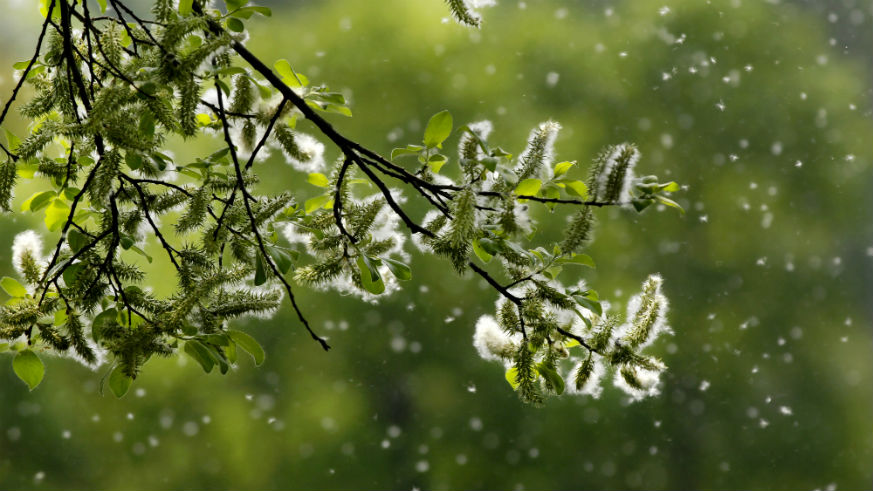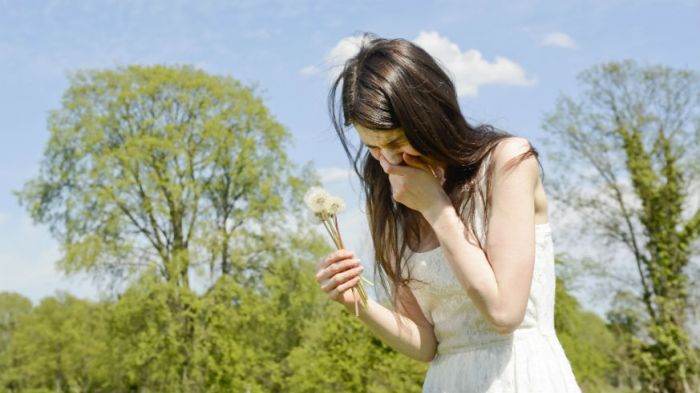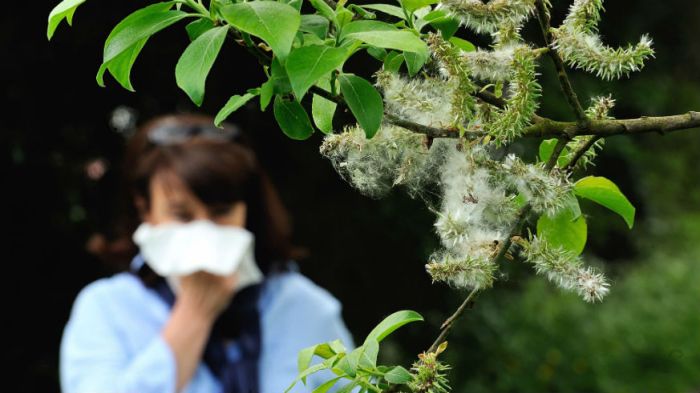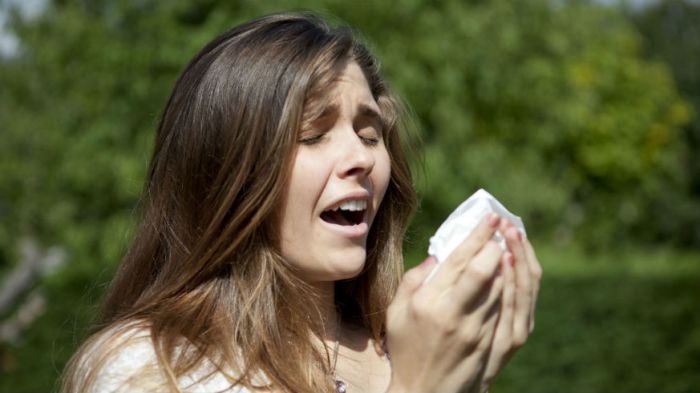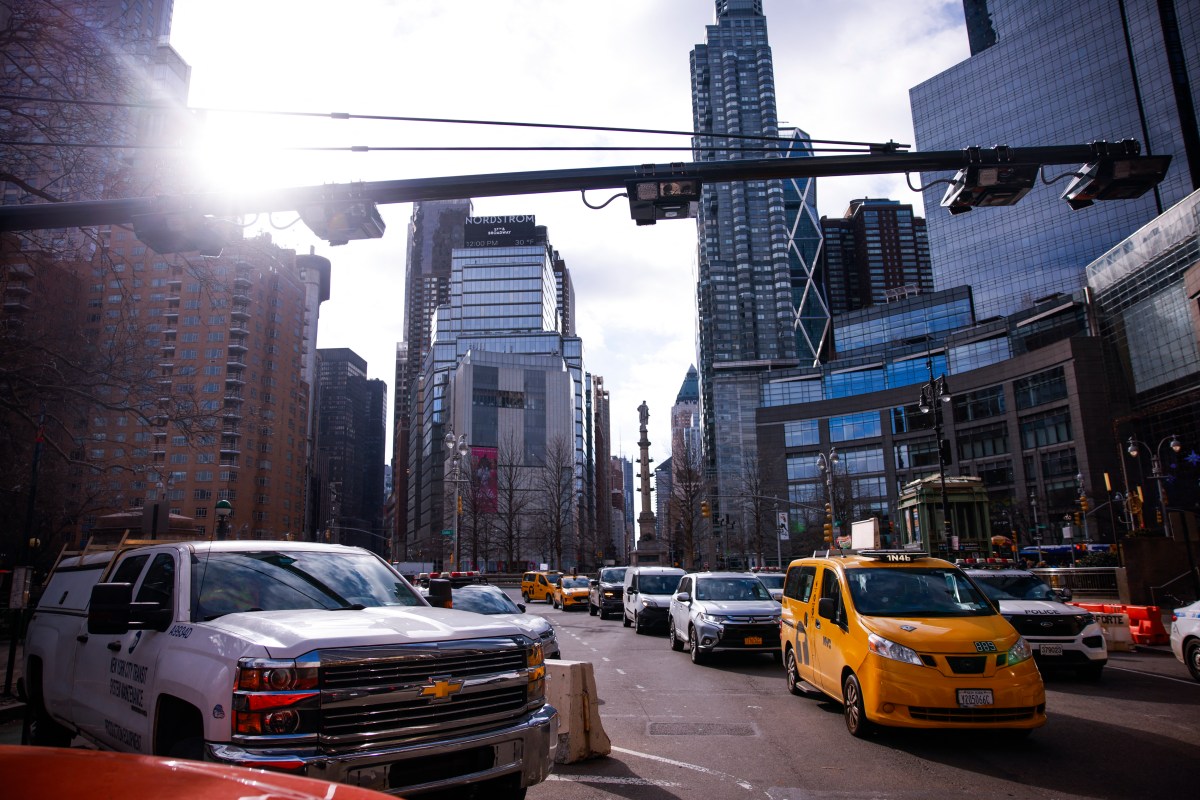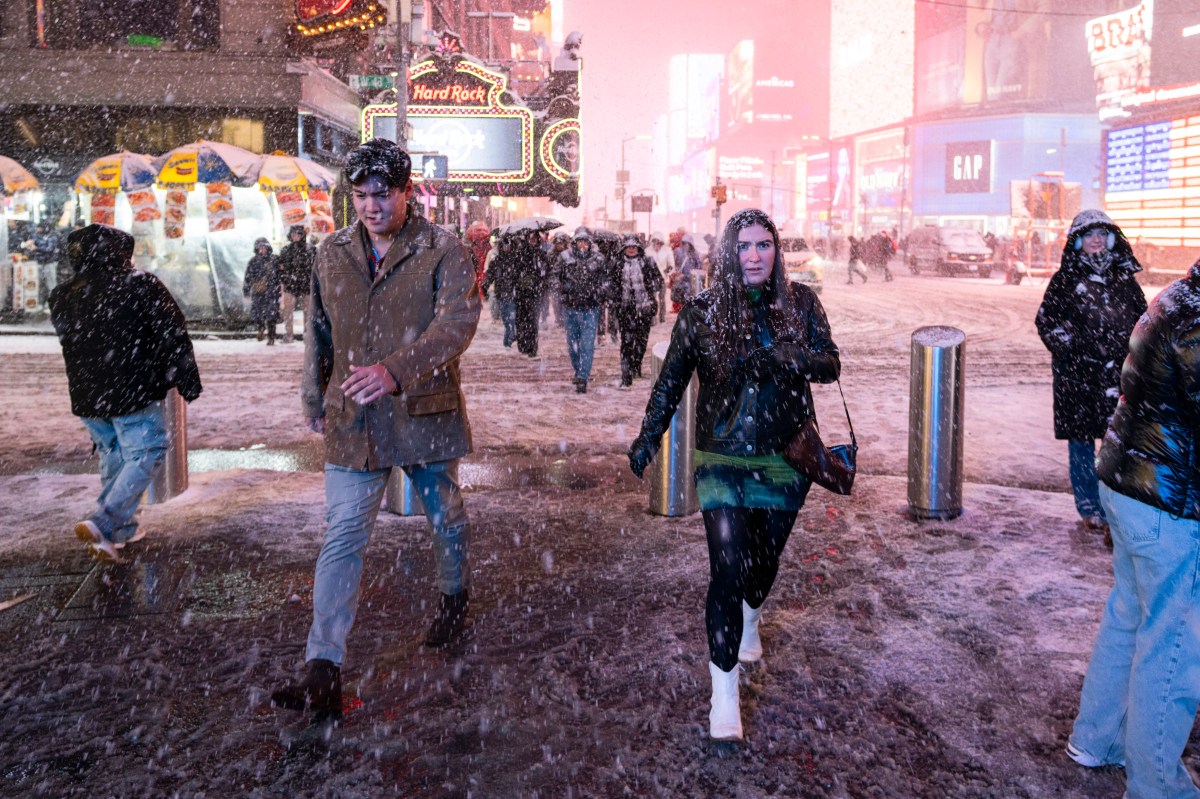Spring has sprung and, as a result, so has pollen. If you’re not convinced, take a look at the following video where it erupts from a tree in a large, expanding cloud of yellow. The video has gone viral, and it leads us to wonder: exactly what is pollen? You think you know, but this footage makes the springtime allergen look rather terrifying. Watch below:
Yes, this cloud of yellow is pollen. And if you’re stumped — or simply need a refresher — we’ll break it down for you.
What is pollen?
The allergic reaction to pollen is known as hay fever. According to the CDC, based on a 2016 survey over a 12-month period, 16 million adults in the U.S. were diagnosed with it.
So what is pollen, anyway? Pollen, also called flower sperm, is a fine powder of microspores produced by male plants that enables fertilization. It’s easily dispersed by the wind, and according to Live Science, a cubic meter of air can contain thousands of pollen grains.
The pollen we associate with springtime allergies is carried by the wind. It’s called anemophilous pollen and mainly comes from trees, weeds and grasses, whereas pollen collected by insects is referred to as entomophilous.

Why am I allergic to pollen?
Susan Waserman, professor of medicine at Canada’s McMaster University, told Live Science that we often become allergic to things we’ve been exposed to as children — one of these being pollen. Allergies in general (anything from dog and cat hair to food) develop when your immune system treats the allergens as a threat, even if they’re harmless. This is called sensitization.
“If you’ve got that genetic tendency to become sensitized, the huge amount of pollen you breathe in and out can easily lead to sensitization,” Waserman explained.
Some doctors say that the onset of allergies can occur from fighting a virus — such as the common cold — at the same time you’re exposed to an allergen. “It’s entirely plausible that when the body is mounting a big immune response to a virus, that you’re going to trigger an allergic response to something you’re exposed to at the same time,” Waserman said, adding that this isn’t entirely proven.
Another possibility is that you weren’t exposed to microbes (bacteria) enough in early childhood. As Live Science related, “their immune systems get fewer opportunities to learn how to discriminate between dangerous pathogens and harmless things like pollen.”
What are symptoms of the pollen allergy?
The Asthma and Allergy Foundation of America (AAFA) states the following symptoms of pollen allergy:
Runny nose and mucus production
Sneezing
Itchy nose, eyes, ear and mouth
Stuffy nose
Red and watery eyes
Swelling around the eyes
How to prevent or reduce an allergic reaction to pollen via the AAFA
The AAFA suggests limiting your exposure to the outdoors, keeping windows closed when pollen counts are high and taking allergy medicine like antihistamines and decongestants prior to pollen season (better start now if you haven’t). It also suggests bathing daily to rinse off any pollen that may have collected on your skin and hair while outdoors, as well as washing sheets at least once a week.
Though pollen may be in the air, nothing can tame this spring fever. Go forth into the warmth, and try to enjoy the sunshine you deserve!

